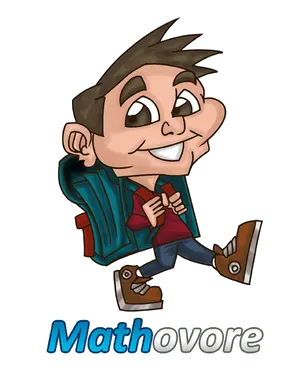Un contrôle de maths au lycée sur les probabilités et les suites numériques et également un algorithme pour les élèves et enseignants de terminale.
Vous trouverez dans ce contrôle les notions suivantes :
- Probabilités sur le secteur de production d’une entreprise;
- Un algorithme qui permet de calculer le terme de rang n d’une suite numérique;
- Etude d’une suite récurrente rationnelle;
- Calculer les premiers termes d’une suites;
- Montrer si une suite est arithmétique ou géométrique;
- Etude de la fonction numérique correspondante;
- Démontrer qu’une suite (Un) est croissante;
- Démontrer une relation par récurrence;
Ce devoir surveillé de mathématiques est à télécharger gratuitement afin d’être imprimer et vous pouvez également le consulter en ligne.
Ces fichiers sont aux format PDF et ils sont destinés aux élèves de terminale ou enseignants cherchant un support sur les probabilités, les suites numériques et l’étude d’un algorithme.Le contrôle dispose de son corrigé.
Devoir surveillé sur les suites, probabilités en terminale
Corrigé du devoir surveillé sur les suites, probabilités en terminale
Retrouvez chaque semaine de nouveaux cours de maths adaptés à votre niveau!
Continuez à vous exercer en consultant les exercices de mathématiques terminale .
Vous pouvez également retrouver de nombreuses vidéos de maths sur notre chaine Youtube!
Les mathématiques avec nous c’est facile, alors comptez sur nous !
Télécharger et imprimer ce document en PDF gratuitement :
Vous avez la possibilité de télécharger puis d'imprimer gratuitement ce document «devoir surveillé sur les probabilités, suites et algorithme en terminale» au format PDF.
D'autres cours et exercices à consulter
- DM de maths en 3ème sur les probabilités et la trigonométrie
- Contrôles de maths en 5ème et DS en cinquième.
- Contrôles de maths en 3ème et DS en troisième.
- Contrôles de maths en 4ème et DS en quatrième
- Contrôle sur les fonctions et équations paramétriques en terminale
- Devoir surveillé en terminale S corrigé
- Contrôle sur le théorème de Thalès et la géométrie dans le plan en 2de
- 11 sujets de contrôles de maths en seconde (2de)


